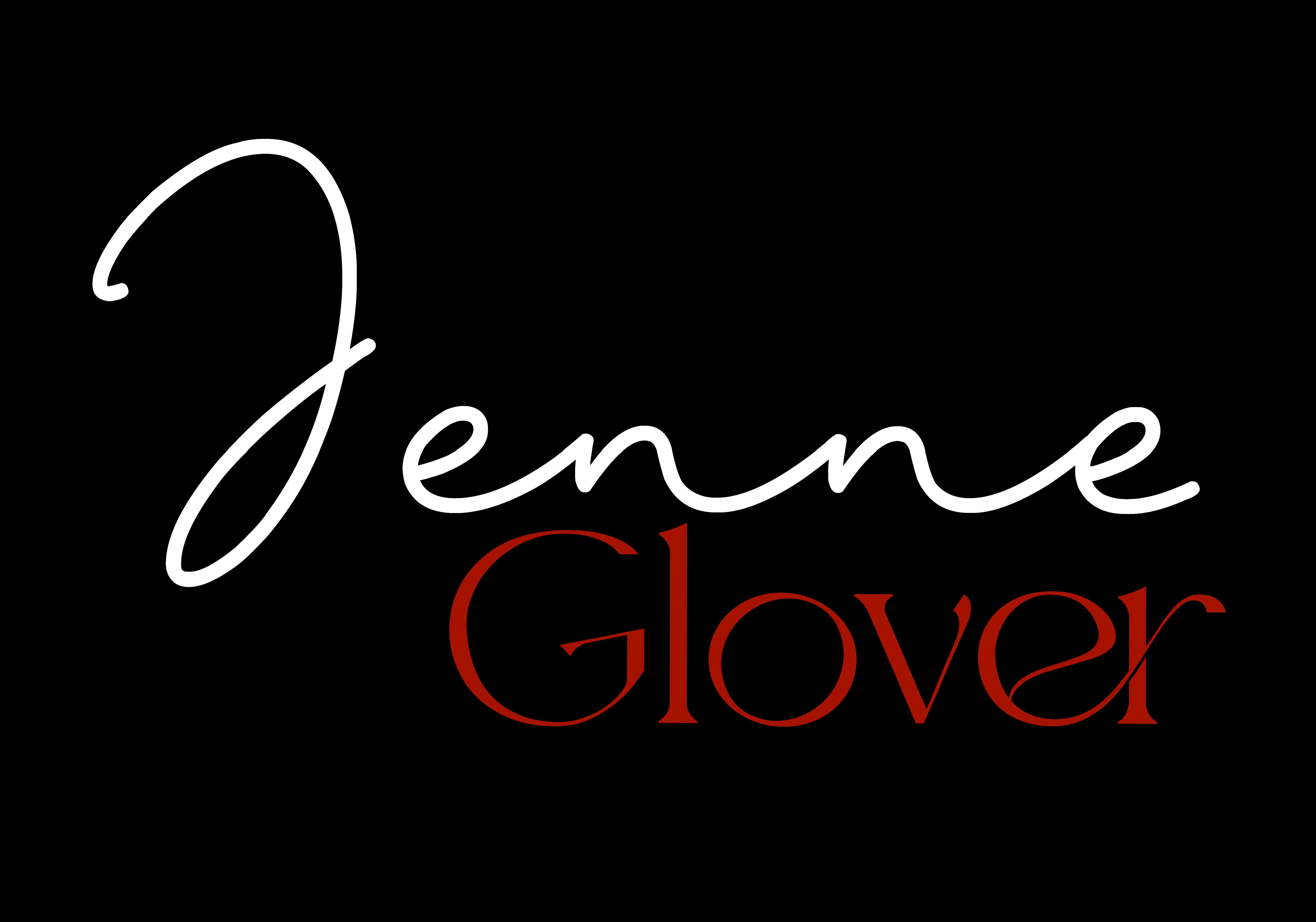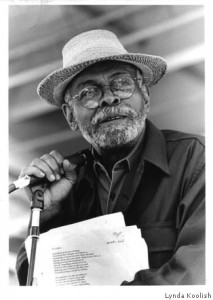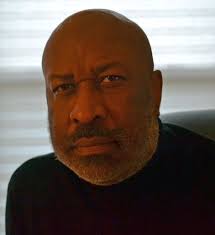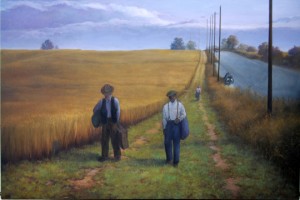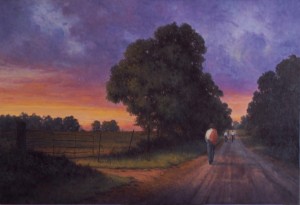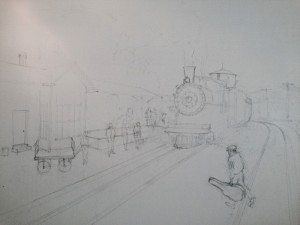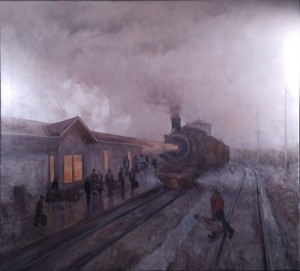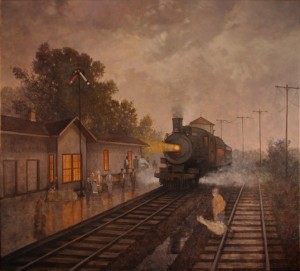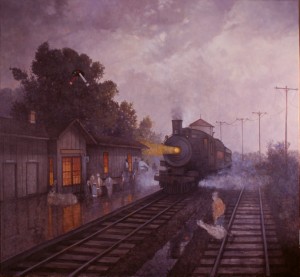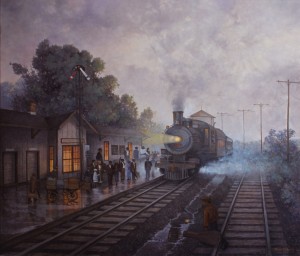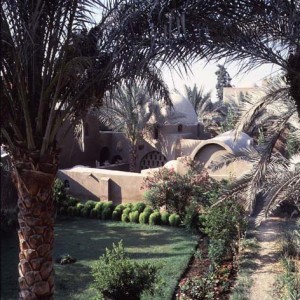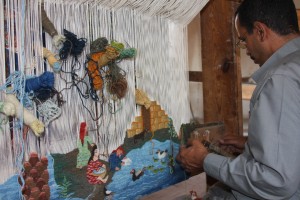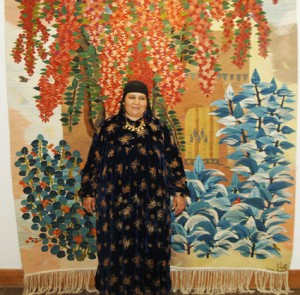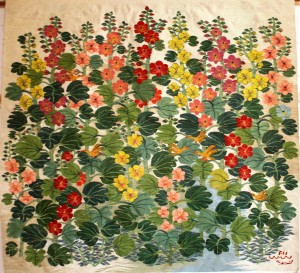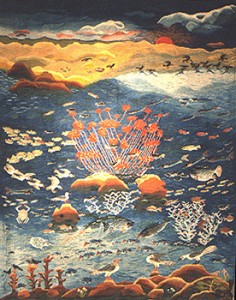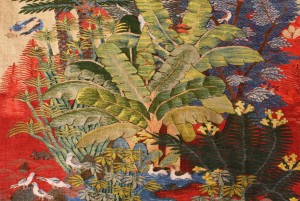In This Issue…
• Editor’s Perspective: Amiri Baraka – A Fearless Voice
VIDEO – “Why is We Americans?” by Amiri Baraka
• Choices: Ocean or Shackles by Jenne Glover
• Mason Archie: Brushstrokes to Greatness
• Ramses Wissa Wassef Art Center: A Journey in Creativity
•Click here to follow me on Instagram
Editor’s Perspective: Amiri Baraka – A Fearless Voice
Heartfelt reason
Rhythmic beats
Amiri Baraka — dramatist, novelist, and poet made his transition on January 9, 2014
Sometimes you just know you need to do something. So when WPFW 89.3 fm announced Howard University was celebrating the life and work of Amiri Baraka (Leroi Jones), I knew I needed to be there.
It was good hearing personal experiences shared by his friends and family, hearing excerpts from his works, and reflecting on the many things he accomplished.
Some refer to him as an instigator, a provocateur, but Amiri was no secret agent, he did not keep his observations, nor rage undercover. He spoke his truth courageously and passionately.
If we are going to keep Baraka’s legacy alive, I think putting reparations on the table is what should be done. Baraka makes the case quite clear in “Why is We Americans.”
What do you think?
“It always seems impossible until it’s done.” Nelson Mandela
Peace!
Choices: Ocean or Shackles
Mixed Media Collage
14″x11″
Jenne Glover
Mason Archie: Brushstrokes to Greatness
I recently met Mason Archie when he contacted me seeking information on a collector. When I visited his website I was amazed at the quality of his old master style paintings reminiscent of the 19th century painter, Robert Duncanson and the Hudson River School. Yet, Mason’s work is different because he’s blending impressionism with realism, and his palette is more vibrant.
Born in Dayton, Ohio, he now lives in Indianapolis, Indiana. Mason’s career began, through a special program offered by his high-school, when he landed a job working with Lamar Outdoor Advertising as a pictorial artist. There he learned how to paint huge billboards for national corporations, and by the time he was 21 he was their Art Director. After working for Lamar for 15 years, he opened his own advertising company that he eventually sold to pursue his true calling, becoming a full-time fine art painter.
Migration Series #1 Oil on linen
48”x72″
Mason Archie
A shrewd businessman, he’s selective about how he’s building his fine-art career. He’s represented by E&S Gallery in Louisville, Kentucky. They are one of the largest African American owned and operated galleries in the country. Mason also works with consultants and he receives commissions from many corporations including Wells Fargo, Nationwide, Indiana State Museum, Elanco (a Division of Eli Lilly), Eskenazi Health, and Community South Hospital. Mason feels his biggest obstacle is navigating through multiple commissions with varying delivery dates.
He calls himself old-fashioned, because he stays in his studio and makes no major marketing efforts. Yet, his work is in demand and his patrons are passionate about acquiring as much of his work as they can. Some even try to purchase pieces before he’s completed them. Mason’s art is rapidly increasing in value. Today, a painting E&S Gallery sold for $5500 in 2007 is now worth $48,400 without a frame.
Migration Series #2 Oil on linen
32”x48”
Mason Archie
Mason showcases his talent by entering relevant competitions that get media attention. In 2012, he established an auction record when 3 paintings were sold by Jackson’s Auctions. This is significant because people purchasing art at auction houses are investing in an artist career and are establishing a true value for the art, what people will pay for the art when it’s resold.
The same year, Mason exhibited at the Parish Gallery in Washington, DC with his mentor Simmie Knox, a master portrait painter and still life artist, and Morris Howard. Mason is one of the 44 artists featured in “Visions of Our 44th President,” an exhibition mounted by the Charles H. Wright Museum of African American History in Detroit, Michigan (2012-2013), to honor and celebrate President Obama’s achievement in American history.
In 2006, Mason received the “Best Overall Landscape” painting award and 2nd place Best Overall Award in the 82nd Annual Hoosier Salon Art Show for the State of Indiana, and in 2007, he won “Best Oil Painting.”
The following pictures of Migration Series #3 show Mason’s 5-stage layering process from a drawing to final painting.
Migration #3 – Drawing
Migration Series #3 – First Layer
Migration Series #3 – Second Layer
Migration Series #3 – Third Layer
Migration Series #3 – Final
Oil on linen
36”x40”
Mason is a member of the Hoosier Salon Patrons Association and Fine Arts Gallery, the National Conference of Artists, the African American Visual Artists Guild, and Black Art in America. See more of his work at http://www.masonarchie.com/catalog/index.php. You can reach him at mason@masonarchie.com.
Ramses Wissa Wassef Art Center – A Journey in Creativity
Add value to your art collection. The Ramses Wissa Wassef Art Center (RWWAC) is offering 10% off purchases of fine textiles.
Sayed Mahmoud weaving on a loom
RWWAC is reaching out to gallery directors, museum curators, and lovers of fine textiles for purchases of wool tapestries and cotton weavings at a 10% discount; and they are also looking for exhibition opportunities.
Located in Harrania, a little village just outside of Cairo located in the shadows of the Giza Pyramids, the center is internationally known for their fine textiles.
Since it began in 1952, RWWAC has been independent and financially self-supporting; and two generations of weavers have emerged. Unfortunately, the Egyptian revolution in January 2011 has created economic turmoil and instability. Tourism has come to a halt, businesses have closed and unemployment is widespread. Consequently, tapestry sales are down and the future of RWWAC and the 50+ artists working there are endangered.
Their tapestries have been featured in major exhibitions in the United States, the United Kingdom, France, Germany, Switzerland, and Dubai; and they are in the collections of many major museums including the Metropolitan Museum of Art in New York, the Brooklyn Museum, the Textile Museum in Washington, DC, and the British Museum in London.
Bougainvillea and Blue Leaves
2.13 m x 3.00 m
Reda Ahmed at the Egyptian Landscapes Exhibition 2006
Brunei Gallery of the School of Oriental and African Studies, London University
The center was founded by Ramses Wissa Wassef, an architect, stain glass window designer, and potter and his wife Sofie, an art teacher. This was the launching pad for a grand experiment in creativity by providing an environment for children ages 10-11 to cultivate the skill to weave tapestry on looms. Children were selected because of their openness and unspoiled natures and by their desire to work. They were free to come whenever they wanted after school.
Ramses selected tapestry weaving workshops because he believed “tapestry weaving contains everything necessary to enable the child to use simultaneously his skills and imagination to its maximum.”
Holly Hocks
1.44 m x 1.48 m
Taheya Ibrahim
Three rules govern how weavers learn:
- All weaving is done without the aid of a sketch and all tapestries are improvised on the loom.
- Weavers are not provided with works of art to imitate. They are encouraged to find their own solutions to problems while creating.
- No criticism or interference from adults. Ramses felt adult feedback was a crippling intrusion on a child’s imagination.
Sunset
1.05 m x 1.15 m
Ashour Messelhi
The center’s successes are a testament to the creative genius dwelling inside of children, and how it will flourish if they are allowed to think independently and to develop their authentic expression.
Garden Pond
.97 m x 1.30 m
Sayed Mahmoud
Upcoming exhibits include “Garden Pond” on display in “New Art of the Loom,” a touring exhibition, at the Appleton Museum of Art in Ocala, Florida from April 26 – June 29, 2014. The exhibition features 25 tapestries from 16 counties, and was organized by Dirk Holger and Atelier Jean Lurcat. RWWAC will be exhibiting at the Nature in Art Museum in Gloucester, England from November 18 to December 21, 2014; and at the Egyptian Culture & Educational Center in London from November 24 to December 6, 2014.
You can see more tapestries at www.wissa-wassef-arts.com and www.wissawwassef.com. For more information, contact Ikram Nosshi, Director at ikram@wissawassef.com.
